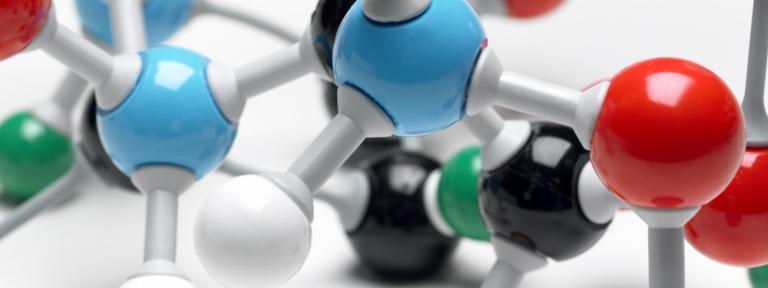
The impact grows and spreads.
Kettering University’s Agent Fate Research Project, which is led by Dr. Homayun Navaz of the Mechanical Engineering (ME) Dept., continues its progress toward helping organizations and agencies manage potential chemical releases. The mathematical computer simulation program designed by Navaz and his team for this project is now more compatible with the current operational tools used by the U.S. Department of Defense.
In addition, the Agent Fate team is also writing an interface that allows for an efficient transfer of basic research aspects of the project into these operational tools, which allows agencies to benefit from the outcome of the research immediately.
“The results of our efforts and mathematical model shows the U.S. Government that our basic research is of important practical value,” Navaz said.
The project utilizes original computer-based mathematical models to help predict the spread and persistence of chemical agents in environmental porous and non-porous substrates and surfaces. Through the use of an Artificial Neural Network (ANN) program and its interface with real-time environmental parameters like wind and temperature through a portable data acquisition system, the team has created a practical tool for field use.
The ANN program is trained based on numerical, experimental, or hybrid outcomes obtained off-line. On the other hand, the real-time environmental data are relayed to the ANN in the field. Based on its previous training and incoming data, a recall will take place and the predicted outcome will be immediately displayed for an operator. Some provisions are embedded in the ANN to facilitate its interface with other software products developed by the DoD.
“Thus far,” Navaz said, “we’ve given many presentations and have published two dozen research articles in peer-reviewed journals on our work.” In November, for example, the team also presented four original works in the phase evaporation inside a porous medium at the Chemical and Biological Defense Conference.
Since 2005, the project has received federal funding of approximately $5.6 million and currently employs 25 Kettering co-op students, five scientists, and also receives assistance from Kettering faculty members, especially Dr. Ali Zand of the Chemistry Dept. In terms of economic impact, the project retains an office in downtown Flint in addition to the campus main center, which means greater numbers of project staff utilize stores and restaurants in the local area.
But perhaps one of the most compelling recent developments is the effort by Navaz to bring in local area high school students to work as interns on the project. In 2009, Navaz has employed two high school students on the project. Their basic responsibilities for this effort include running some experiments in porous materials, writing reports and interfacing with other team members under the supervision of Dr. Ali Zand, professor of Chemistry.One student—Connor Davidson from Grand Blanc High School—worked on the project to track the mass loss of esters due to evaporation on substrate surfaces. He used three different esters: one on a glass Petri dish, in sand and underneath the sand (secondary evaporation). “The tests went very well,” he said.
“Since most tests lasted only a few hours at the most, temperature and humidity was relatively constant and had a minimal effect on the esters. However, as the vapor pressures decreased, the rates of evaporation dramatically decreased. Some tests lasted over a week. Over this range of time, the temperature and humidity differences became quite noticeable,” Davidson added.
Additionally, Dr. Michael Harris, provost at Kettering, continues his strong support of this effort and opportunities to employ Kettering co-op students on the project. “This is a tremendous help,” Navaz explained. “Dr. Harris is enthusiastic about the project and we’re pleased to employ more Kettering co-ops. They bring a rich set of skills and we’re able to give them important experience on a federally funded project. They can see the result of their work implemented in the field and feel they are making a contribution to a very important effort. Dr. Zand and Dr. Markicevic have designed and run experiments that were not only instrumental in the success of the program, but also they will become a part of the laboratory experience in our newly established Chemical Engineering program,” he added.
Other recent developments include
- the rental of additional office space in downtown Flint to accommodate new project team members;
- a new opportunity to work with the Edgewood Chemical and Biological Center (ECBC) under a separate contract in the amount of $300,000 for two years; and
- a pending proposal for $460,000 with a government agency;
- a contract with the Air Force (Wright-Patterson) in the amount of $45,000; and
- the team also has two additional pending proposals and is trying to explore the potential of working with the Department of Homeland Security (DHS) in the near future.
In addition, Navaz expects to bring in a minimum of three more high school interns for the summer of 2010. For more information on this project, contact Dr. Homayun Navaz at hnavaz@kettering.edu.
Written by Gary J. Erwin
810.762.9538
gerwin@kettering.edu